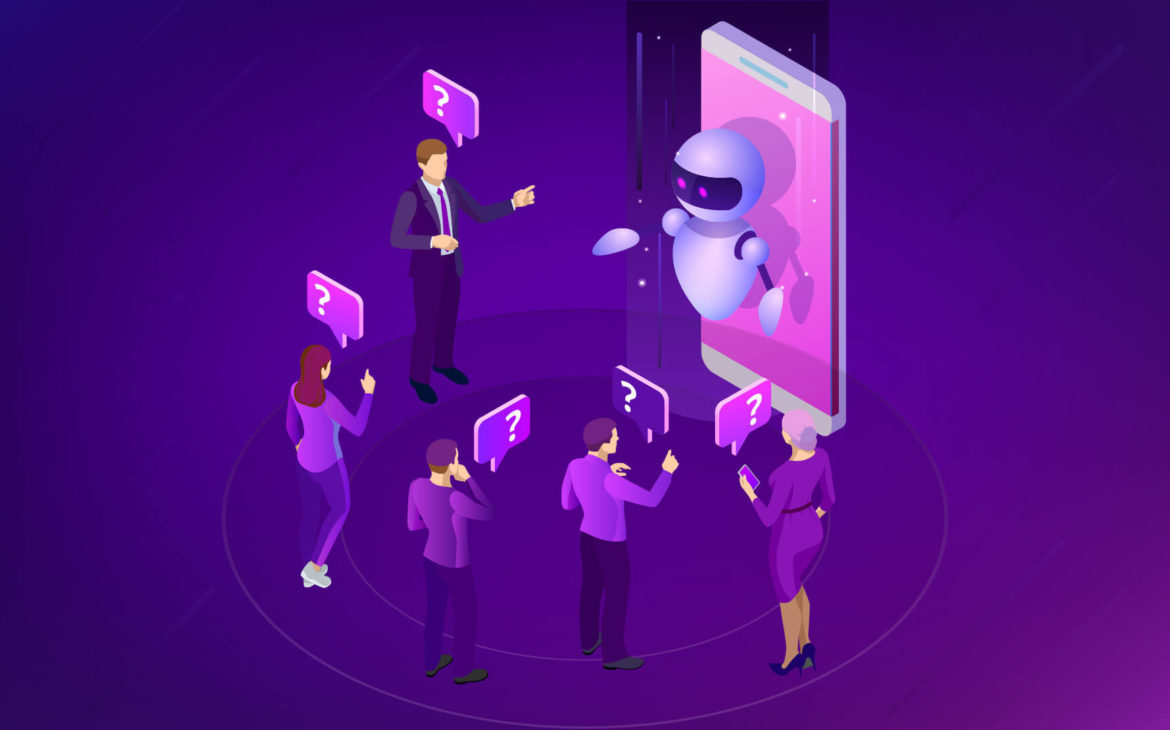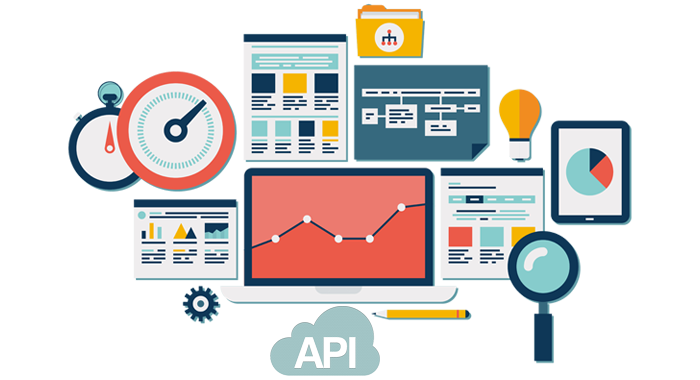In today’s world, we are nothing without GOOGLE, the one and only and the best search engine in the world. In February 1998, Larry Page and Sergey Brin founded Google working in the United States. It’s a multinational technological firm based in America that specializes in search engines, computer software, eCommerce, artificial intelligence, cloud computing, quantum computing, and other areas. But have you ever thought about what exactly Google is made up of? Like exactly what technology has been used in it to make Google – GOOGLE !! Well, I will tell you about what are the technologies that are used to make google.
As behind every platform at the backend, we have crazy magic of all the programming languages that pile up and work systematically and give a glow to the software and present it very nicely. Same as google is made up of many programming languages that we are going to discuss today.
C Language
The C programming language is a procedural programming language. Dennis Ritchie created this programming language in 1972. It was designed primarily as a system programming language for creating operating systems. The C programming language offers various advantages, such as low-level memory access. It features a large 4number of simple keywords and a clean presentation style. C is best used for system programs, such as operating systems and compiler development.
C++ Language
The C++ programming language is across-platform language. It is basically the extension of C language created by Bjarne Stroustrup. It is used to create high-performance applications. It helps the programmers to give a high level of control over all the system resources and memory. It is an object-oriented language.
Python Language
The most renowned language of the 21st century is Python, created by Guido van Rossum in 1991. It is an object-oriented language that is procedural and functional. It is well structured for the programmer. It is a very user-friendly language. It is not as complex as C or C++.
Go Programming Language
It is the one and only compiled programming language designed by Robert Griesemer, Rob Pike, and Ken Thompson at Google itself. It is a statically typed programming language. It is some of the other way similar to the C language, It has more advanced than C like memory safety, garbage collection, structural typing, and CSP-style concurrency.
Angular
AngularJS is an open-source front-end web framework for constructing single-page apps based on JavaScript. Google and a community of individuals and businesses were mostly responsible for its upkeep.
MariaDB
MariaDB is a commercially funded fork of MySQL that is intended to remain free and open-source software under the GNU General Public License. Some of the original MySQL developers are leading development because of worries about Oracle Corporation’s acquisition of MySQL in 2009.
BigTable
As part of the Google Cloud portfolio, Bigtable is a fully managed wide-column and key-value NoSQL database solution for massive analytical and operational workloads.
JavaScript
JavaScript, sometimes known as JS, is a programming language that, along with HTML and CSS, is one of the essential technologies of the World Wide Web. On the client-side, over 97 percent of websites employ JavaScript for web page behavior, with third-party libraries frequently incorporated.
JAVA
Java is an object-oriented programming language with a high level of abstraction and as few implementation dependencies as possible. It is a general-purpose programming language designed to allow programmers to write once and run anywhere (WORA), which means that compiled Java code can run on any platform that supports Java without having to be recompiled. Java applications are often compiled to bytecode, which may execute on any Java virtual machine (JVM), regardless of the computer architecture. Java’s syntax is comparable to those of C and C++, but it offers fewer low-level features.
Assembly
Assembly language is a low-level programming language that has a very good relationship between its instructions and the architecture’s machine code instructions in computer programming. Constants, comments, assembler instructions, and symbolic labels of, for example, memory locations, registers, and macros are generally supported in assembly language.
Read More: How to use mobile AR by PlugXr?




